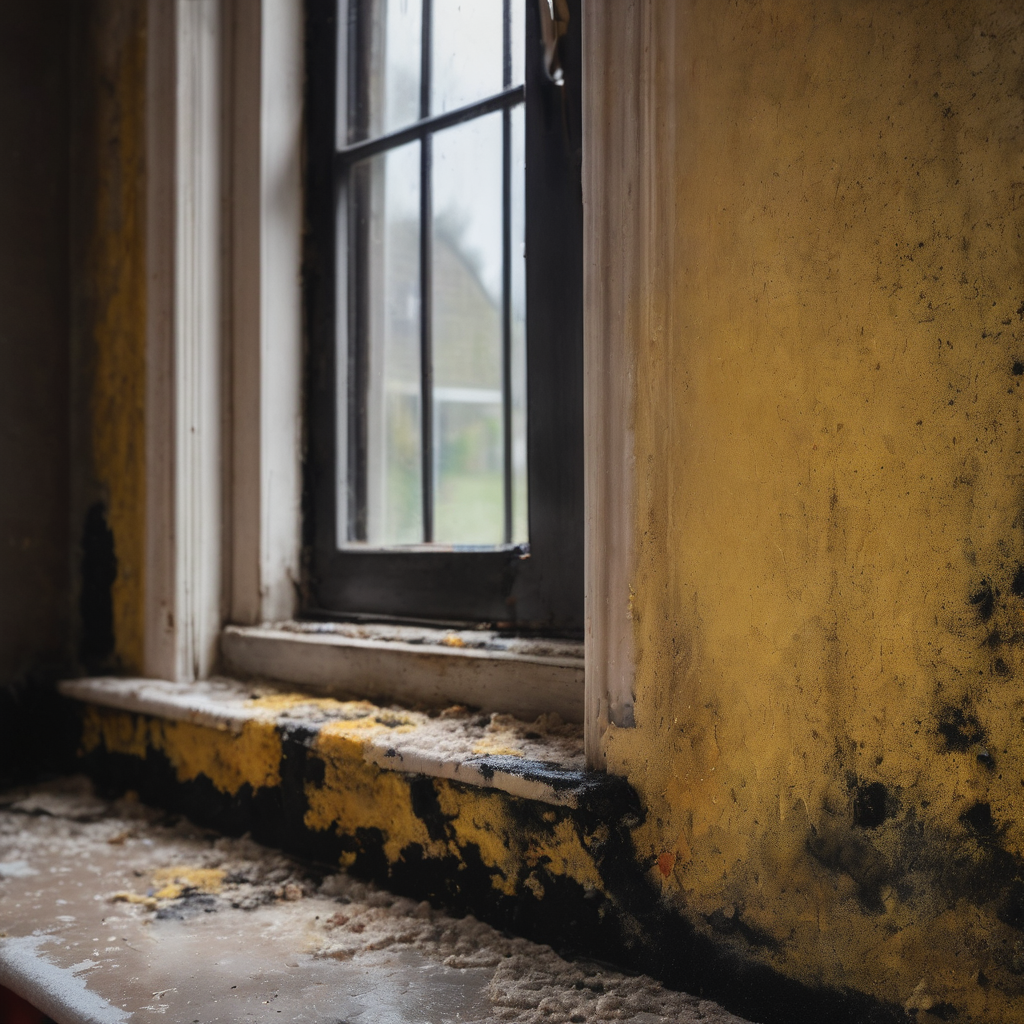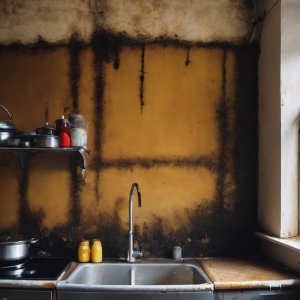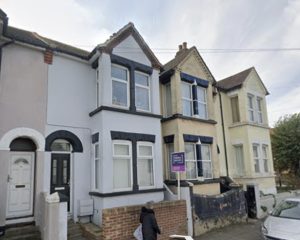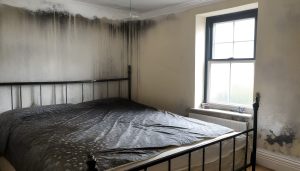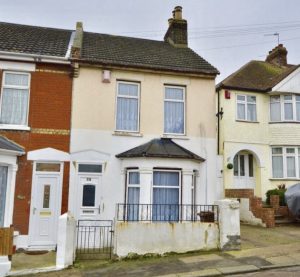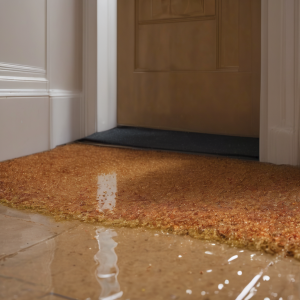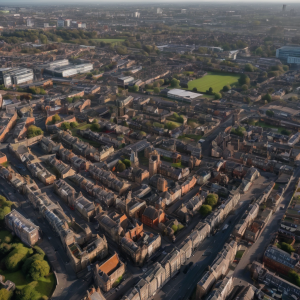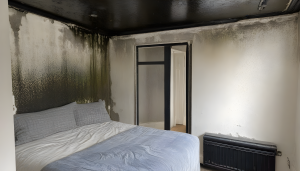Medway, a region steeped in history and charm, is unfortunately grappling with a prevalent issue that has plagued many of its properties – dampness. The picturesque landscapes and historic architecture that define Medway’s charm also contribute to the unique challenges property owners face when it comes to damp problems. In this blog post, we will delve into the reasons behind Medway’s prolific damp issues and explore potential solutions to safeguard homes and buildings from this persistent problem.
Geographic and Climatic Factors:
Medway’s geographic location, with its close proximity to the river makes it susceptible to dampness. The high humidity levels and increased precipitation, typical in areas where hills and valleys are predominant, create an environment conducive to damp-related issues. The constant exposure to moisture, whether through rain or humidity, can compromise the integrity of buildings over time.
Age and Heritage of Buildings:
One of Medway’s unique features is its rich historical heritage, reflected in the architecture of many properties. While these historic buildings contribute to the area’s character, they often lack the modern damp-proofing measures found in newer constructions. The absence of effective damp-proof courses and ventilation systems can lead to moisture seepage and rising damp, compromising the structural integrity of these cherished structures.
Urban Development and Population Density:
As Medway continues to evolve with urban development and population growth, the demand for housing has led to the conversion of older buildings into multiple dwelling units. Improper conversions, combined with a lack of awareness about damp prevention, can exacerbate the problem. Increased population density also means higher humidity levels within homes, creating an environment where damp issues can thrive.
Lack of Maintenance:
Many property owners in Medway may not be fully aware of the importance of regular maintenance in preventing damp problems. Cracked walls, leaking roofs, and blocked gutters are common issues that, when left unaddressed, can contribute to dampness. Educating property owners about the significance of routine maintenance can go a long way in preventing damp-related challenges.
Solutions:
Modern Damp-Proofing Techniques:
Implementing modern damp-proofing techniques, such as chemical injections and membrane installations, can be crucial in preventing rising damp and moisture ingress.
Heritage Preservation and Damp Prevention:
Balancing the preservation of Medway’s rich heritage with effective damp prevention involves integrating modern technologies into historic structures. This may include retrofitting damp-proof courses and improving ventilation systems while preserving the architectural integrity of the buildings.
Public Awareness and Education:
Creating awareness about the causes and consequences of damp problems is essential. Public outreach programs and educational initiatives can empower property owners to take proactive measures in preventing and addressing damp issues.
Regular Maintenance Checks:
Encouraging property owners to conduct regular maintenance checks and promptly address any signs of dampness can significantly mitigate the impact of damp-related problems.
Conclusion:
While Medway’s damp issues may seem daunting, understanding the root causes and implementing proactive solutions can pave the way for a drier and healthier living environment. By combining modern damp-proofing techniques with a commitment to preserving the region’s unique heritage, Medway can overcome its damp challenges and continue to thrive as a vibrant and historically significant community.

